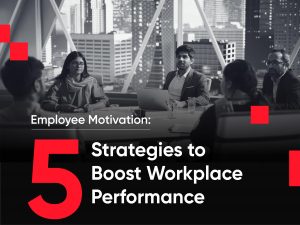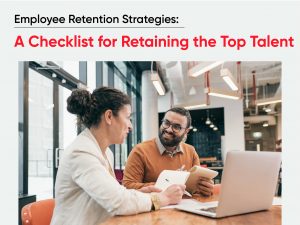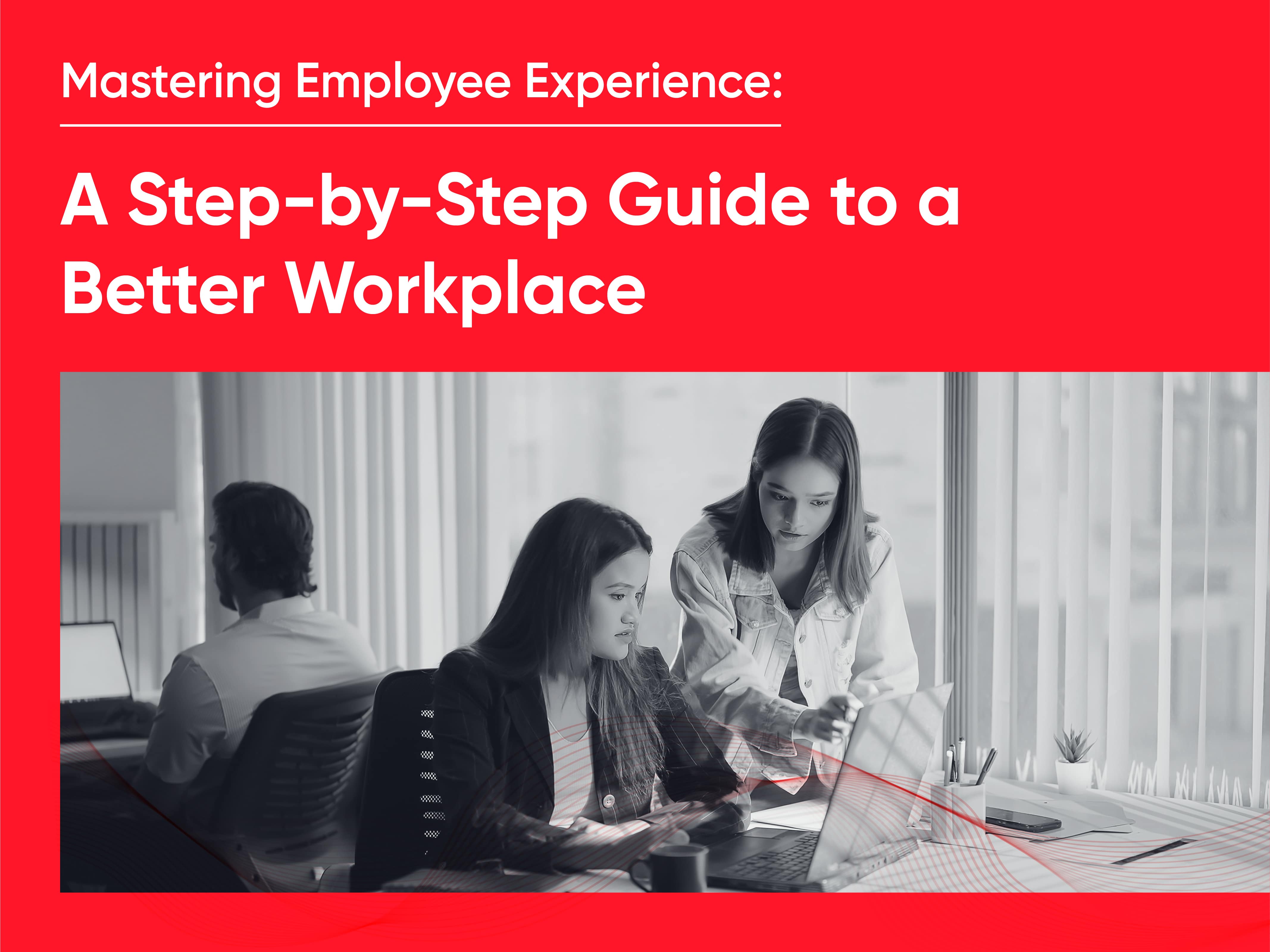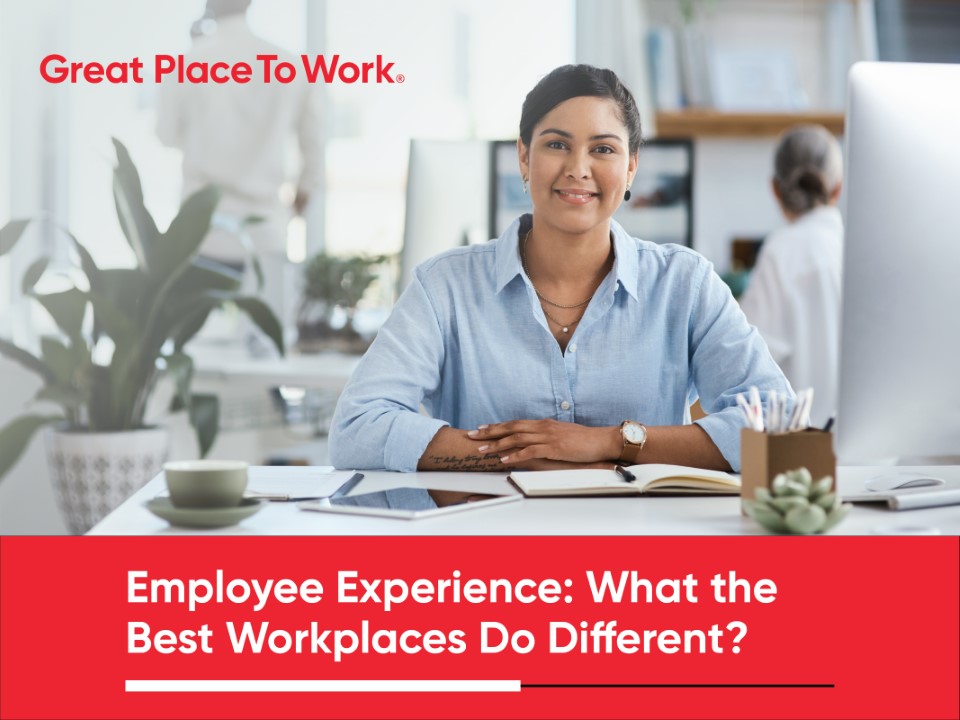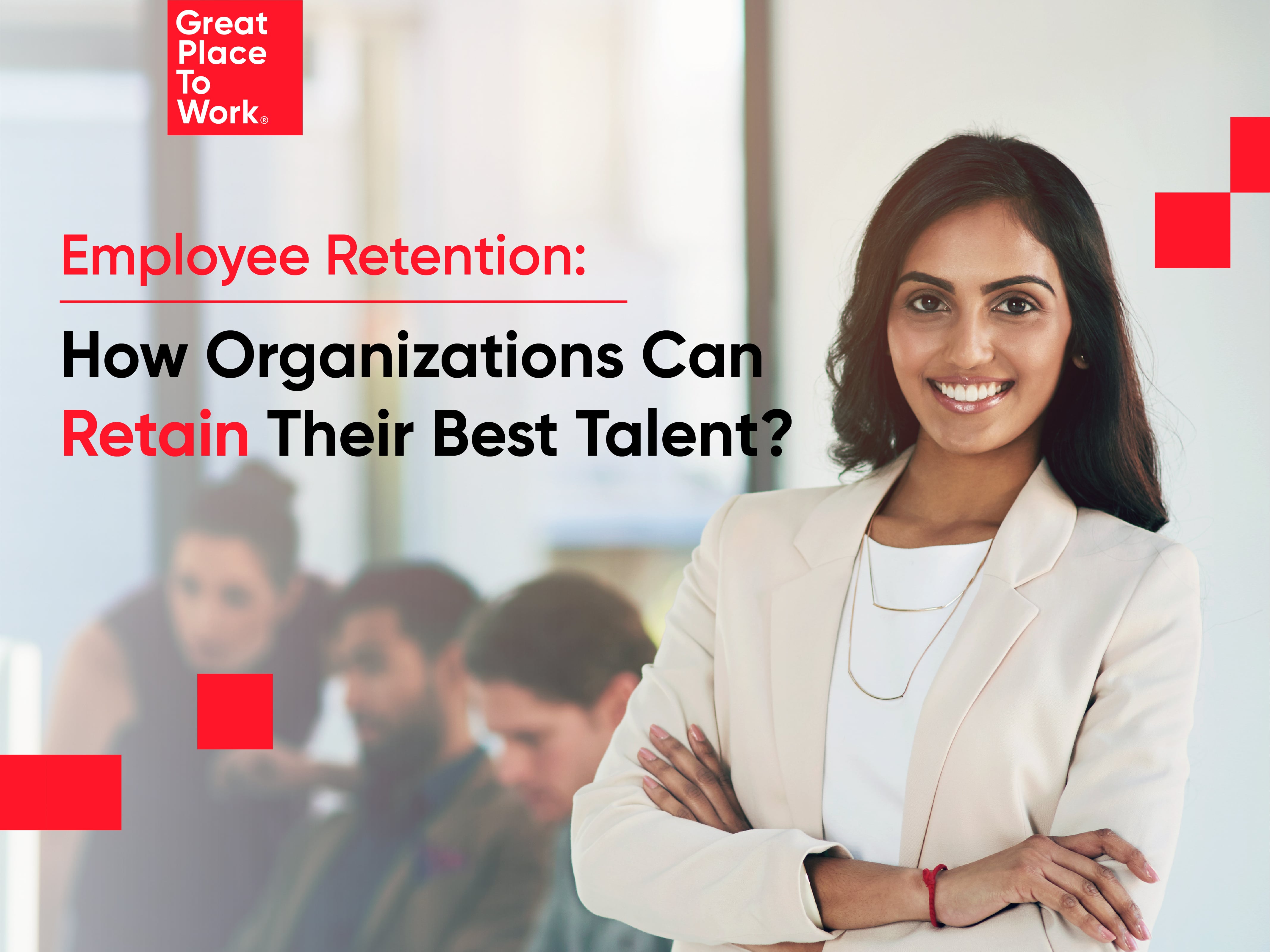Reading Time: 4 minutes
In today’s whirlwind of deadlines and demands, employee well-being and resilience are no longer just buzzwords; they’re the cornerstones of individual success and organizational strength. Well-being allows individuals to bring their best selves to work every day, while resilience equips them to bounce back from setbacks. When both are nurtured, employees can truly flourish. Our India’s Best WorkplacesTM in Health and Wellness 2023 report underlines this very notion, highlighting the significance of prioritizing employee self-care and resilience in fostering a healthy workplace culture.
The Power of Feeling Safe

Imagine a workplace where psychological safety reigns supreme. Employees feel comfortable taking risks, voicing their opinions, and admitting mistakes without fear of judgment. This sense of security is a game-changer. According to our research report, employees who experience psychological safety are three times more likely to be committed to their organization for the long haul and twice as likely to go the extra mile. This translates into a more engaged workforce, willing to invest their creativity and energy into achieving organizational goals.
The Cost of Neglecting Well-being
On the flip side, neglecting employee well-being can have significant negative consequences. Chronic stress, burnout, and anxiety can lead to decreased productivity, increased absenteeism, and higher employee turnover. A study by the Society for Human Resource Management (SHRM) revealed that the annual cost of workplace stress in the United States alone is estimated to be between $100 billion and $500 billion. These are staggering figures that underscore the importance of proactive investments in employee well-being.

Empowering Your Workforce: 5 Actionable Tips
So, how can you empower your employees on their journey towards self-care and resilience building? Here are five practical tips to get you started:
- Champion Work-Life Balance: A healthy balance between work and personal life is the bedrock of overall well-being. Encourage employees to establish boundaries between their professional and personal spheres. Consider offering flexible work arrangements, such as remote work options, flexible hours, and generous paid time off policies. This empowers employees to manage their responsibilities outside of work effectively, preventing burnout and fostering a sense of control. Furthermore, consider implementing core work hours where emails and non-urgent messages are discouraged, allowing employees to truly disconnect and recharge during their off time.
- Cultivate a Workplace Community: A staggering 83% of employees thrive in workplaces where they can be their authentic selves, feel valued, and rely on colleagues for support. Activities like employee resource groups, hobby clubs, and CSR initiatives foster a strong sense of community, nurturing the social well-being of your workforce. Encourage informal connections through virtual coffee breaks or team-building events. Consider incorporating team lunches or after-work social gatherings to create opportunities for employees to connect outside of a work setting. By building a supportive environment where employees feel connected and appreciated, you equip them to better navigate challenges and setbacks.
- Embrace Open Conversations About Mental Health: Mental health issues are a growing concern in today’s workplaces, impacting both employee well-being and productivity. One in four employees hesitate to speak up about stress, burnout, anxiety, or depression for fear of judgment. The time has come to normalize conversations about mental health and encourage employees to seek help when needed. This can be achieved by providing access to Employee Assistance Programs (EAPs) with qualified mental health professionals. Additionally, consider offering mental health awareness workshops to educate employees about common mental health challenges and available resources.

- Promote a Proactive Approach to Health: Physical well-being is intricately linked to overall well-being and resilience. Many organizations provide health insurance and treatment benefits, but proactive initiatives aimed at promoting healthy lifestyles are often lacking. Our research shows that while 78% of organizations offer access to doctor consultations, only 38% provide programs or benefits related to physical health and fitness. Consider incorporating fitness challenges, health screenings, nutrition workshops, or mindfulness sessions into your well-being infrastructure. A proactive approach to health empowers employees to take charge of their well-being and build resilience. You can also partner with local gyms or fitness centers to offer discounted memberships for employees.

- Lead by Example: Leaders play a pivotal role in shaping workplace culture, and this extends to employee well-being and resilience. Our study reveals that employees in managerial positions report a more consistently positive well-being experience compared to their non-managerial counterparts. This calls for a leadership shift. Leaders need to actively prioritize and champion well-being initiatives. Walking the talk and being open about their own well-being journeys can significantly enhance the experience for all employees. For example, leaders can encourage breaks throughout the workday, model healthy work-life boundaries, and participate in company-sponsored wellness initiatives. By leading by example, you can ensure that a culture of well-being permeates every level of your organization.

The Ripple Effect of Well-being
Investing in employee well-being isn’t just about fostering a positive work environment; it’s about creating a supportive ecosystem where employees can thrive. Happy, healthy, and resilient employees are more engaged, productive, and innovative. They are also more likely to stay with your organization for the long haul, reducing costly turnover rates.

Furthermore, a positive workplace culture spills over into employees’ personal lives, creating a ripple effect that benefits their families and communities. In essence, by prioritizing employee well-being, you’re not just investing in your workforce; you’re investing in the overall well-being of your organization and the wider community. So, act today. Implement these tips, prioritize your employees’ well-being, and watch your organization flourish.


